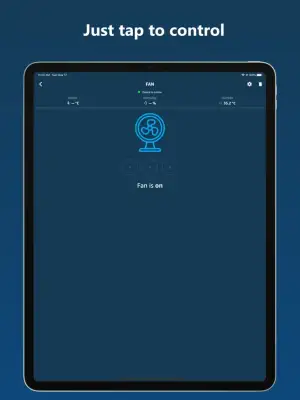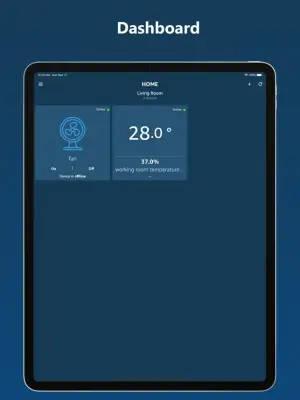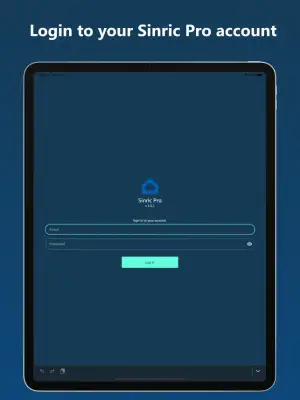Latest Version
2.27.2
February 06, 2025
Aruna Tennakoon
Developer Tools
iOS
89 MB
1
Free
Report a Problem
More About Sinric Pro
To start using the Sinric Pro service, you need to first visit their official website at https://sinric.pro. The initial step involves creating a free account, which is straightforward and allows you to log in to the platform. Once you have access to your account, you can proceed to create a new device, such as a smart TV. This process requires you to keep track of several key pieces of information: the authorization token, the signing key, and the device-ID associated with your new device.
After setting up your device in the Sinric Pro ecosystem, the next step is to upload an example sketch or integrate the existing Python or C++ libraries into your project board. The reference code can be found at the GitHub repository for Sinric Pro, where you will discover numerous examples that can assist you in getting your device up and running. It's important to note that you will need to replace placeholders in the example code, specifically the token, signing key, and your WiFi credentials, so that the setup aligns with your particular device configuration.
Following the successful upload of the code and integration of your device, you will want to install the "Sinric Pro" app. This app serves as the primary interface for controlling your smart devices remotely. With this application, users can manage their devices directly from their smartphones, providing convenience and accessibility that enhances the overall user experience. The app is designed to work seamlessly with your configured hardware and allows for customized control options.
For an even more advanced and hands-free experience, Sinric Pro also offers compatibility with Amazon Alexa. By using the dedicated Alexa skill, you can control your devices using voice commands, which adds a layer of ease and innovation to how you interact with your technology. This integration allows you to leverage smart home voice control, making it a practical choice for users looking to maximize automation in their homes.
Rate the App
User Reviews
Popular Apps






























